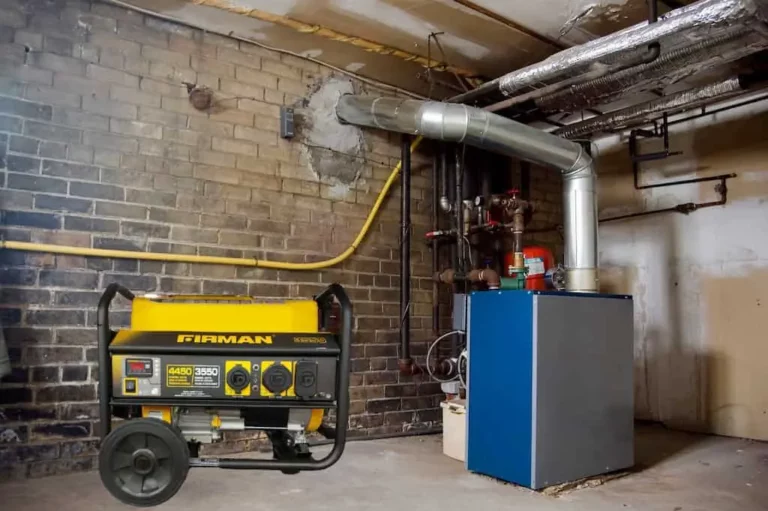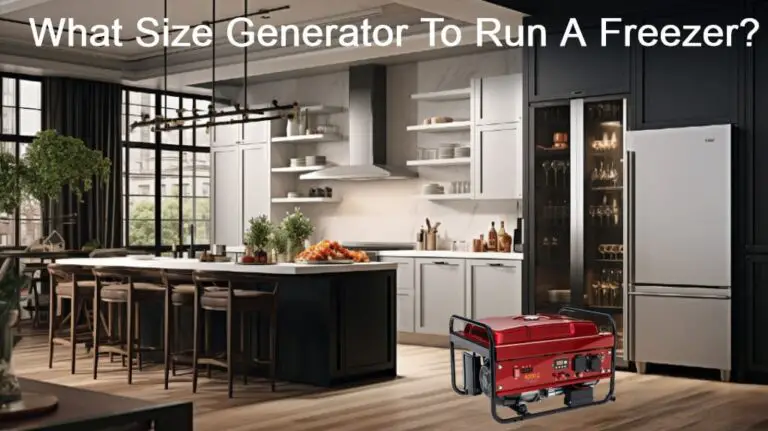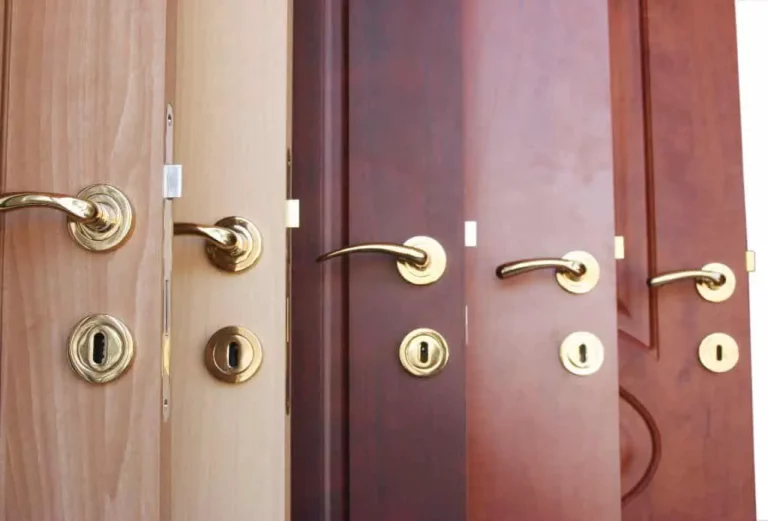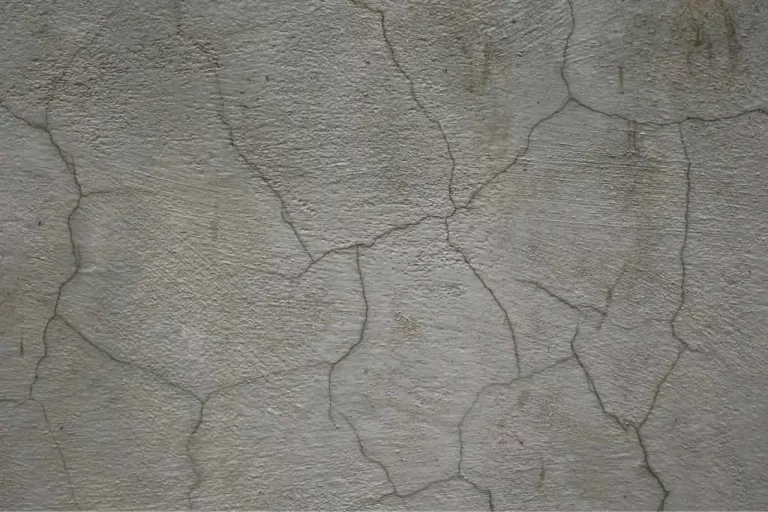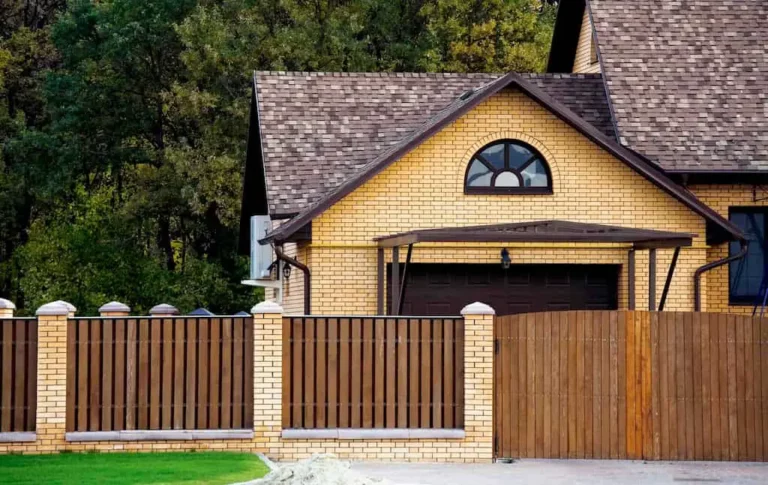Can a Hammer Drill Be Used as an Impact Driver?
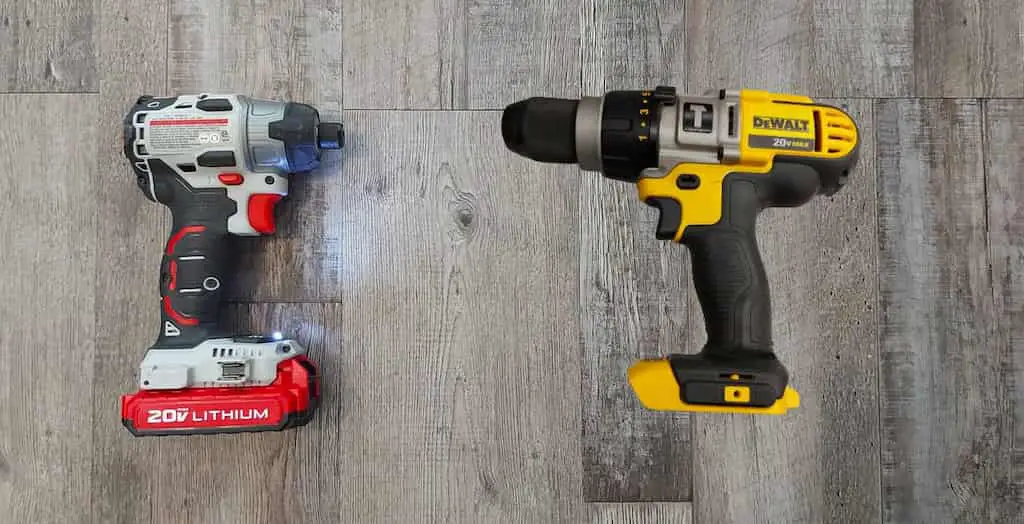
Regular drills are highly versatile, but sometimes the situation might call for a more powerful tool like an impact driver. Power tools aren’t cheap, so if you already have a hammer drill, you might want to use it as a substitute. However, this won’t be a good idea in many scenarios.
You shouldn’t use a hammer drill for tasks usually handled by an impact driver, like driving screws into wood, metal, plastic, and other materials. The hammering motion can damage the surface and make the process slower.
There are occasions where both tools will work fine, but hammer drills and impact drivers have different intended uses. Keep reading to know more about when and why to use them.
Is a Hammer Drill the Same as an Impact Driver?
Hammer drills and impact drivers may look the same on the surface, as they both combine a drilling motion with a hammering motion. However, the mechanism behind how this action is delivered significantly changes how each is used.
A hammer drill vibrates linearly, while an impact driver produces torque. Hammer drills use opposing ridged discs to create a forward-and-back motion as the drill spins. Impact drivers use a spring and a hammer to drive force into the rotating motion of the drill.
If you looking for a new generator, check out the best hammer drills on Amazon.com
These are the main differences that separate hammer drills from impact drivers:
| Hammer drill | Impact driver |
| Produces a hammering force | Produces torque |
| Great for drilling through concrete, bricks and stone | Great for drilling through wood, metal and plastic |
| Not as controllable | Allows for more control |
| Must be pushed towards the material | Doesn’t have to be pushed |
| Hammer can be turned of to use as a normal drill | Can’t use as a normal drill |
| Designed for light masonry | Designed for driving screws |
Hammer Drills and Impact Drivers: How Do They Work?
Both hammer drills and impact drivers rely on hammers to do the job. However, the hammer inside a hammer drill pushes forward, whereas the hammer inside an impact driver is used to put more force on its rotation.
There are two opposing discs inside a hammer drill. Both discs have small crests that fall into the dents of the other one. When a disc starts rotating, the crests slide in and out of the dents of the opposing disc. This creates an up-and-down motion.
Every half turn, a spring inside the impact driver is compressed. When it is released, the force of the spring pushes forward a hammer that, instead of going straight forward, twists on an axis. The hammer, as it rotates, then pushes a piece that makes the bit move. This rotational movement creates a strong torque.
The result is that the hammer drill creates a vibrating, hammer-like motion, whereas the impact driver applies a strong torque in small bursts.
Another consequence of how these tools work is that when using hammer drills, just as normal drills, you must hold it in place and push it into a surface to drill through it. Its force goes both ways equally: towards your hands and towards the surface.
However, an impact driver directs all of the force of the torque forwards. This means that you will merely have to hold the tool without the need to push it into the drilling surface.
There are other differences beyond how their drivetrains work. Just as normal drills, hammer drills have keyless chucks that accept a variety of hex bits. Impact drivers have collets that only accept 1/4-inch (6.35-mm) bits. Impact drivers are lighter than even normal drills, while hammer drills are usually bulkier.
When To Use an Impact Driver
Impact drivers excel at drilling screws and tightening nuts. They share several functions with normal drills but achieve much better and faster results. However, they are also less versatile.
Because they rotate in small bursts, impact drivers can’t function as normal drills. What makes drills so effective is their capacity to achieve a high-speed, uninterrupted rotation. A hammer drill can do this by just disabling its hammer function, but there’s no way around an impact driver’s mechanism.
When To Use Hammer Drill
Thanks to their ability to chisel and drill simultaneously, hammer drills are ideal for drilling holes through masonry or brick. Depending on the material, they may even be a requirement. They will drill through concrete, bricks, and mortar with ease if you apply the right bit.
If you disable the hammer function in a hammer drill, you’re left with a tool that can perform all the tasks of a normal drill. Most hammer drills carry more power than normal drills, so they may even be more effective.
You can attach a masonry bit to a normal drill and start drilling through light masonry materials, but the process won’t be as fast as a hammer drill. You may want to brush that aside as a small difference, but when you have to make dozens of holes, you’ll appreciate the extra power.
If you plan to work with some heavy masonry or a very large project, you’ll want to switch to a rotary hammer. These power tools are also designed for masonry and produce a greater force. However, they are also bulkier and more expensive.
Should I Buy an Impact Driver?
You should buy an impact driver if you need to drive a large number of screws, you’re working with hard materials like wood, plastic, or metal, or you’re tackling a complex project with many pieces. Impact drivers can significantly speed up the tasks that you usually do with a drill.
On the other hand, if you’re thinking of working with masonry or concrete, an impact driver won’t be of much use. You’ll have to use at the very least a normal drill with masonry bits or, if necessary, a hammer drill.
You probably don’t need to buy an impact driver if you only “pretend” to work on light home improvement projects. A normal drill will be good enough to bore and drive screws into any material that isn’t too hard.
How To Buy an Impact Driver
Maybe you’ve convinced yourself that your life will be easier with an impact driver in your hands.
If that’s the case, here are some things to look for in an impact driver:
- Battery voltage. The battery can make a huge difference in how well a power tool performs. If you’re onto some heavy projects, go for 18v. Otherwise, 12v should be fine for most cases.
- Ergonomics. An impact driver, like any other drill, should be easy to handle. If it’s possible to use it with only one hand, that might be a great plus.
- Functionality. Impact drivers often come with automatic brakes, LED lights, and a couple of speed settings. Be on the lookout for any interesting features.
- Loudness. Impact drivers are certainly noisier than regular drills, but some models deliver quieter impacts than others.
- Torque. The torque of an impact driver determines how much twisting force it can apply. It can range from 800 to 2000 in-lbs.
- Price. Considering all prior things, make sure what you’re buying gives you a good value and isn’t too much for what you intend to do.
Final Thoughts
If you need to drive a lot of screws into wood, plastic, or metal, impact drivers will make your life easier. On the other hand, get a hammer drill if you’re working with masonry.
Both tools aren’t interchangeable most of the time. Impact drivers impel force into their rotating movement to increase their torque. Meanwhile, hammer drills move forward and back as they spin, creating a chiseling movement.
Ultimately, what matters the most is using the right tool for the project. After all, buying the optimal tool might not be worth it if you won’t use it much.

